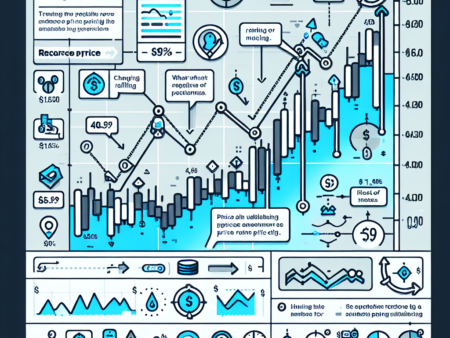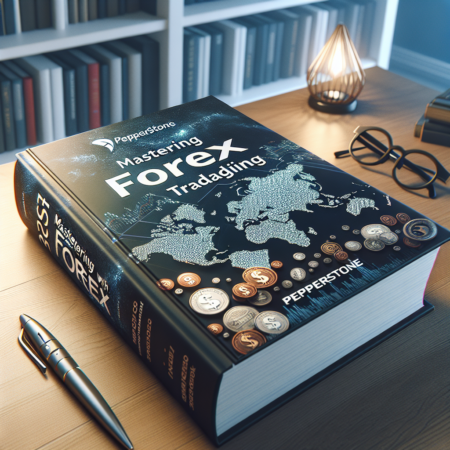How to Trade Forex Successfully
Forex trading offers a world of opportunities for those willing to dive into the dynamic realm of currency exchange. Whether you’re a seasoned trader or just starting out, understanding the fundamentals and honing your strategies is crucial for success. In this comprehensive guide, we’ll explore actionable tips and insights to help you navigate the forex market effectively.
Understanding the Forex Market
Before jumping into trading, it’s essential to grasp what the forex market entails.
What is Forex Trading?
Forex trading, or foreign exchange trading, involves buying and selling currencies to profit from exchange rate fluctuations. It’s the largest financial market globally, with a daily trading volume exceeding $6 trillion.
Key Players in the Market
The forex market comprises various participants:
- Central Banks: Influence currency values through monetary policies.
- Banks and Financial Institutions: Facilitate large-volume trades.
- Retail Traders: Individual traders like you looking to profit.
Essential Steps to Successful Forex Trading
1. Educate Yourself Thoroughly
Knowledge is power in forex trading. Ensure you understand:
- Market Terminology: Pips, lots, leverage, and spreads.
- Trading Mechanics: How trades are executed and closed.
- Economic Indicators: GDP, unemployment rates, and their impact.
2. Develop a Solid Trading Plan
A trading plan acts as your roadmap. It should include:
- Trading Goals: Define what you aim to achieve.
- Risk Management: Determine your risk tolerance and set stop-loss orders.
- Entry and Exit Strategies: Establish criteria for opening and closing positions.
3. Choose a Reliable Broker
Your broker is your trading partner. Consider factors like:
- Regulation: Ensure they’re licensed by reputable authorities.
- Trading Platforms: User-friendly with robust features.
- Customer Support: Accessible and responsive service.
4. Practice with a Demo Account
Before risking real money, use a demo account to:
- Test Strategies: See how your plans perform in real market conditions.
- Understand Platform Mechanics: Get comfortable with the trading interface.
5. Implement Risk Management Techniques
Protecting your capital is paramount. Tips include:
- Use Stop-Loss Orders: Limit potential losses on trades.
- Diversify Trades: Avoid putting all your capital in one position.
- Manage Leverage Wisely: Higher leverage means higher risk.
6. Keep Emotions in Check
Emotional trading can lead to mistakes. Practice discipline by:
- Sticking to Your Plan: Avoid impulsive decisions.
- Avoiding Overtrading: Don’t chase losses or greed.
7. Stay Informed on Market News
Economic events can impact currency values. Stay updated on:
- Economic Calendars: Track upcoming announcements.
- Global News: Geopolitical events can influence markets.
Advanced Strategies for Experienced Traders
1. Technical Analysis
Use charts and indicators to predict market movements:
- Moving Averages: Identify trends.
- Fibonacci Retracement: Spot potential reversal points.
- RSI and MACD: Gauge market momentum.
2. Fundamental Analysis
Assess economic factors affecting currency values:
- Interest Rates: Higher rates can strengthen a currency.
- Inflation Data: Indicates economic health.
3. Develop a Trading Niche
Specialize in specific currency pairs or trading times:
- Major Pairs: Like EUR/USD for higher liquidity.
- Exotic Pairs: Potential for higher volatility and profits.
Common Mistakes to Avoid
1. Lack of Preparation
Entering trades without research can lead to losses. Always analyze before you act.
2. Ignoring Risk Management
Failing to set stop-loss orders or over-leveraging can be detrimental.
3. Letting Emotions Drive Decisions
Fear and greed can cloud judgment. Maintain objectivity and stick to your plan.
FAQs
What is the best time to trade forex?
The most active trading times are during the overlap of major market sessions, such as the London and New York sessions. This is when liquidity and volatility are typically higher, offering more trading opportunities.
How much capital do I need to start trading forex?
The amount of capital required can vary. Some brokers allow you to start with as little as $100. However, it’s recommended to start with at least $1,000 to $5,000 to have flexibility in your trading and to apply effective risk management.
Is forex trading risky?
Yes, forex trading involves significant risk due to market volatility and the use of leverage. It’s important to educate yourself, use risk management strategies, and only trade with money you can afford to lose.
Conclusion
Trading forex successfully requires dedication, education, and discipline. By understanding the market, developing a solid trading plan, and continuously improving your strategies, you can navigate the forex world with confidence. Remember, the key to success is not just in making profits but in managing risks and learning from every trade.
Ready to take control of your financial future? Start your forex trading journey today and unlock the potential of the world’s largest financial market!
Disclaimer
The information provided in this article is for informational purposes only and should not be construed as financial or investment advice. It is always recommended to conduct thorough research and consult with a professional advisor before making any investment decisions.


















